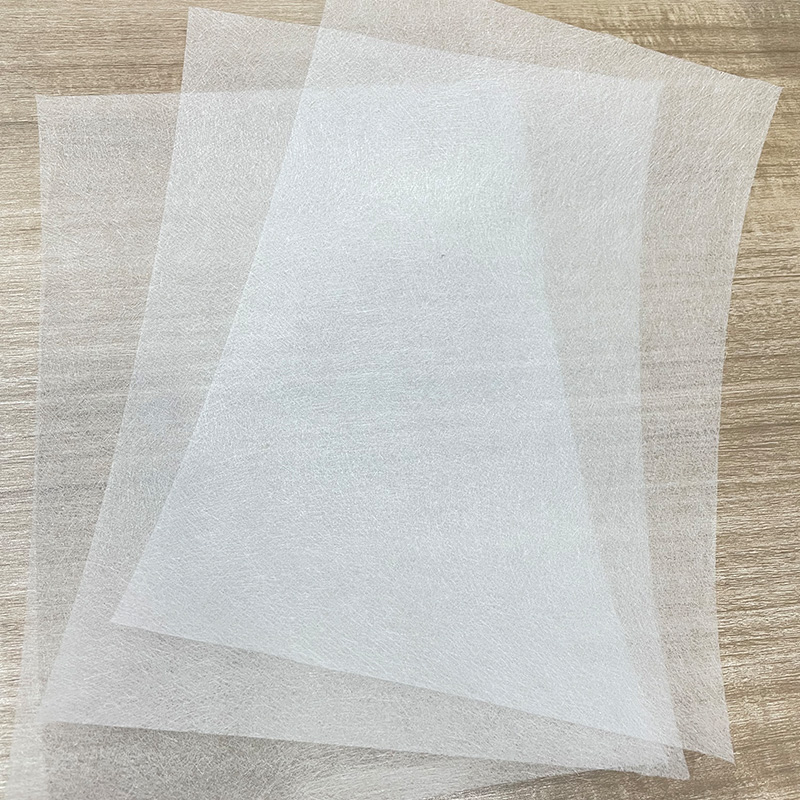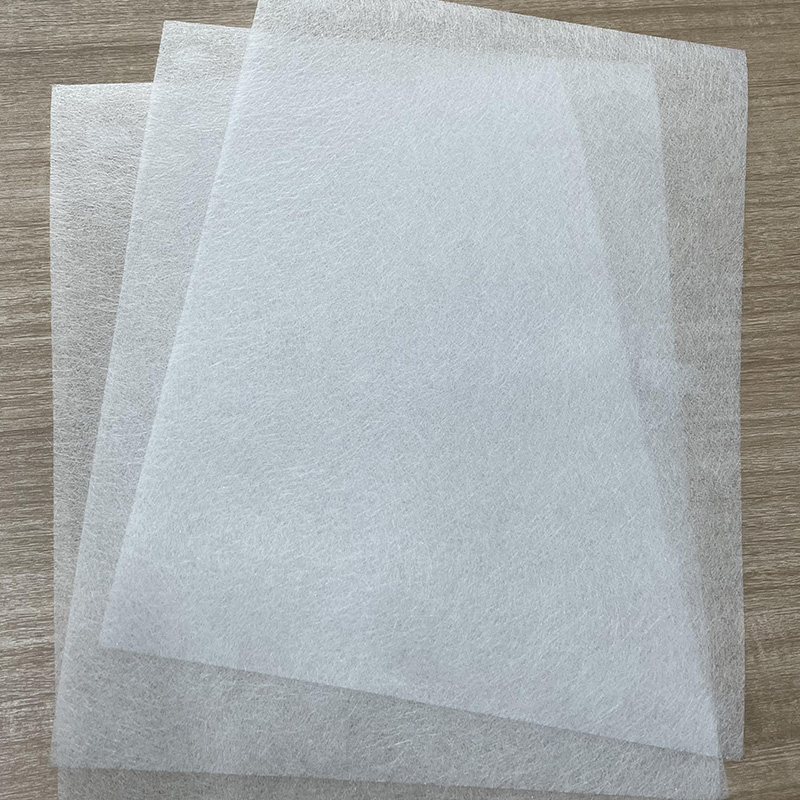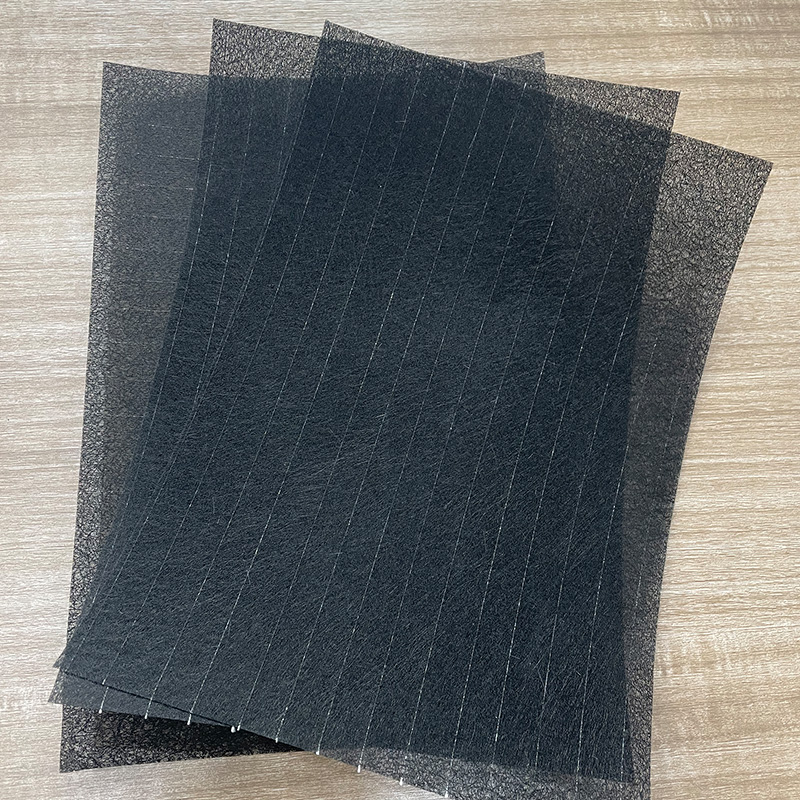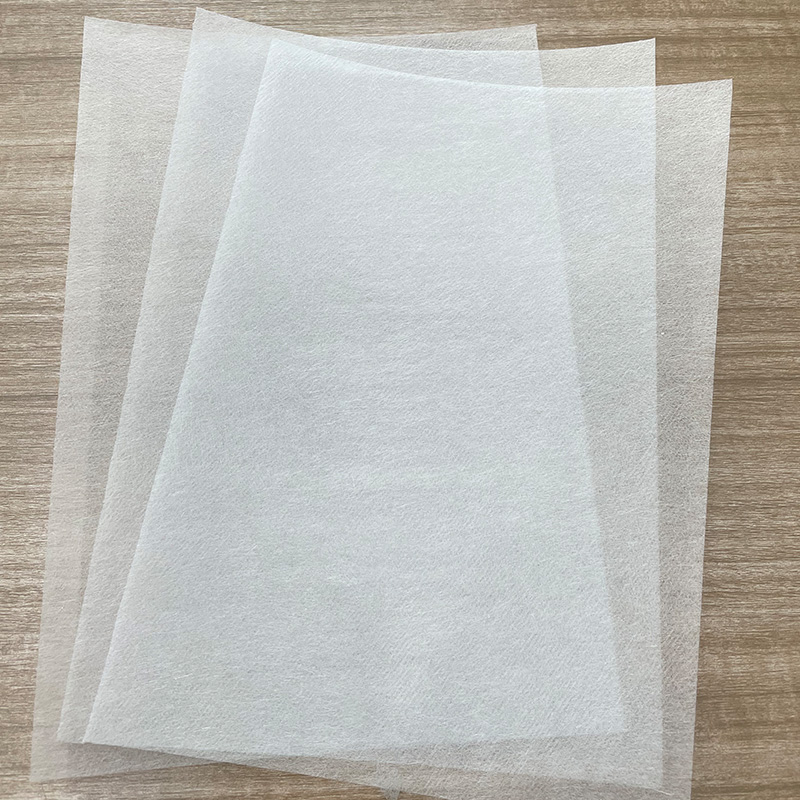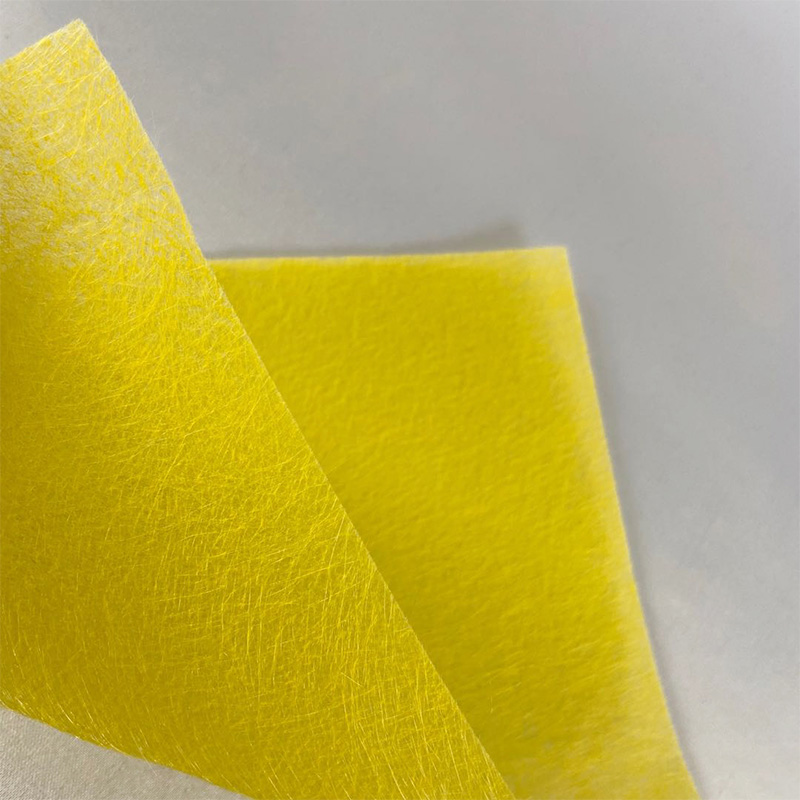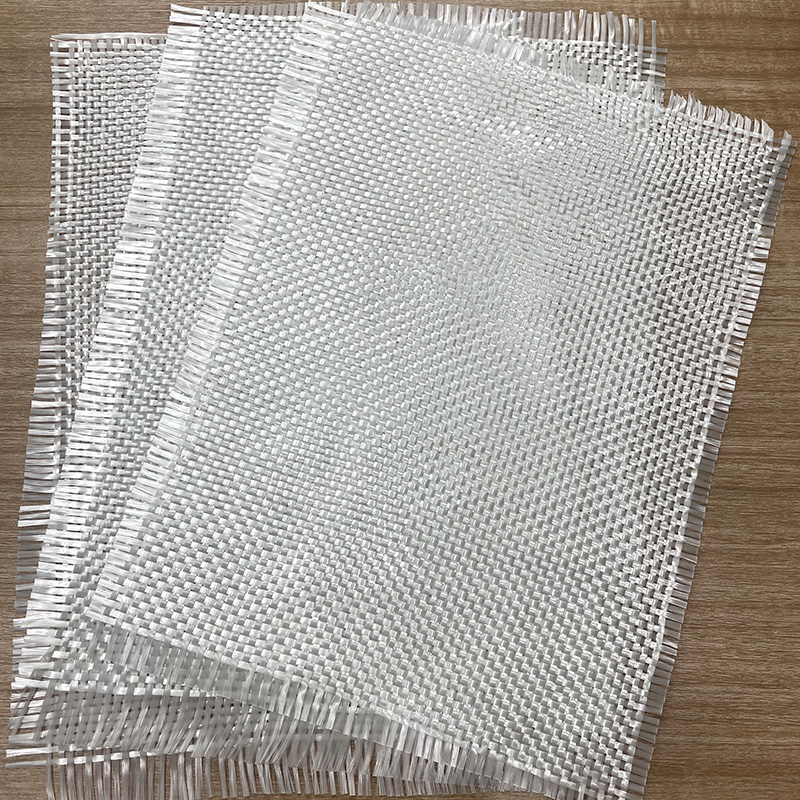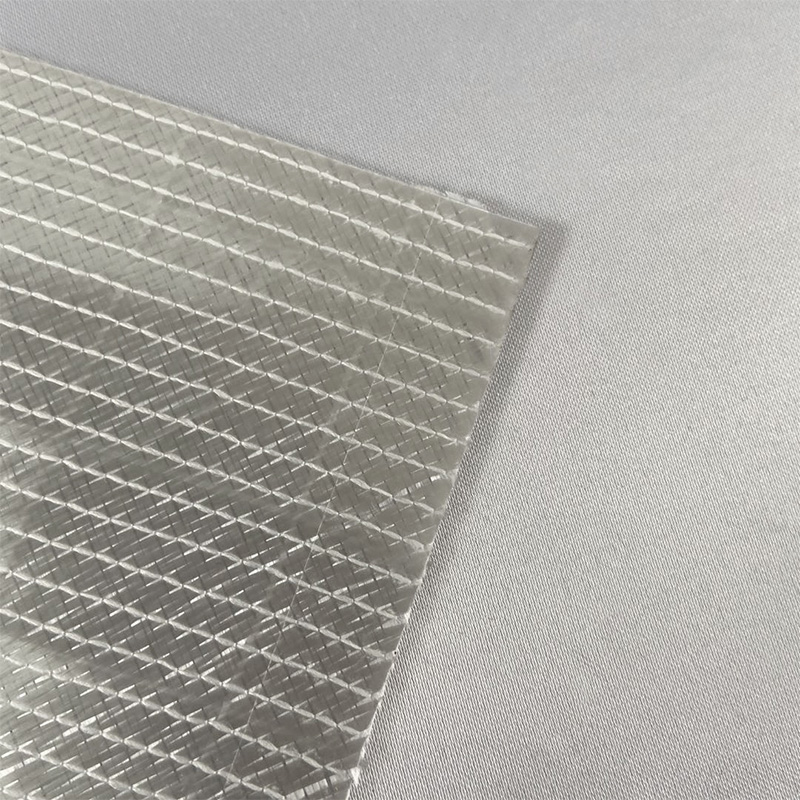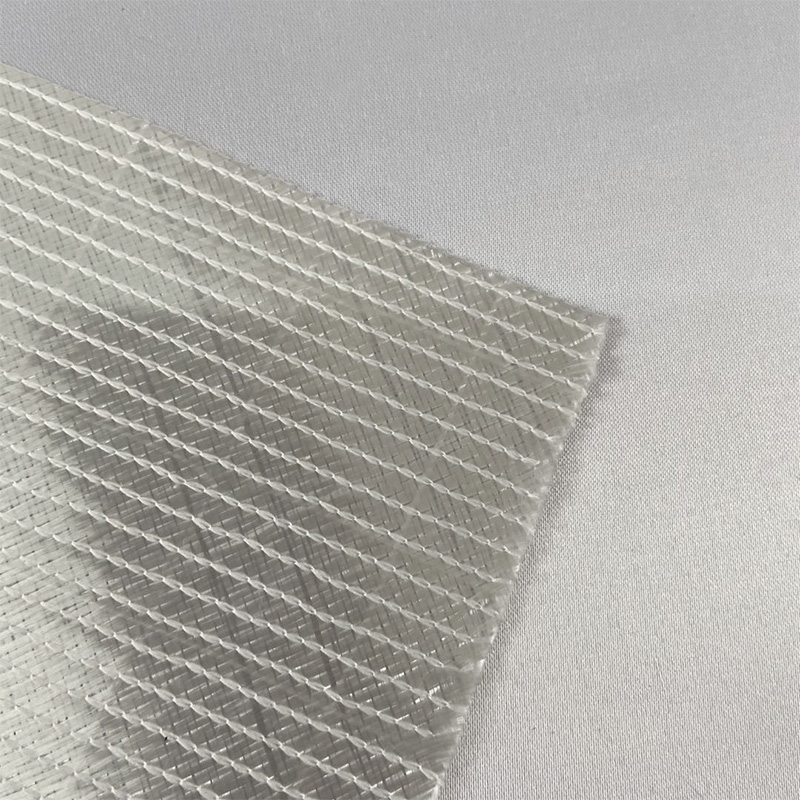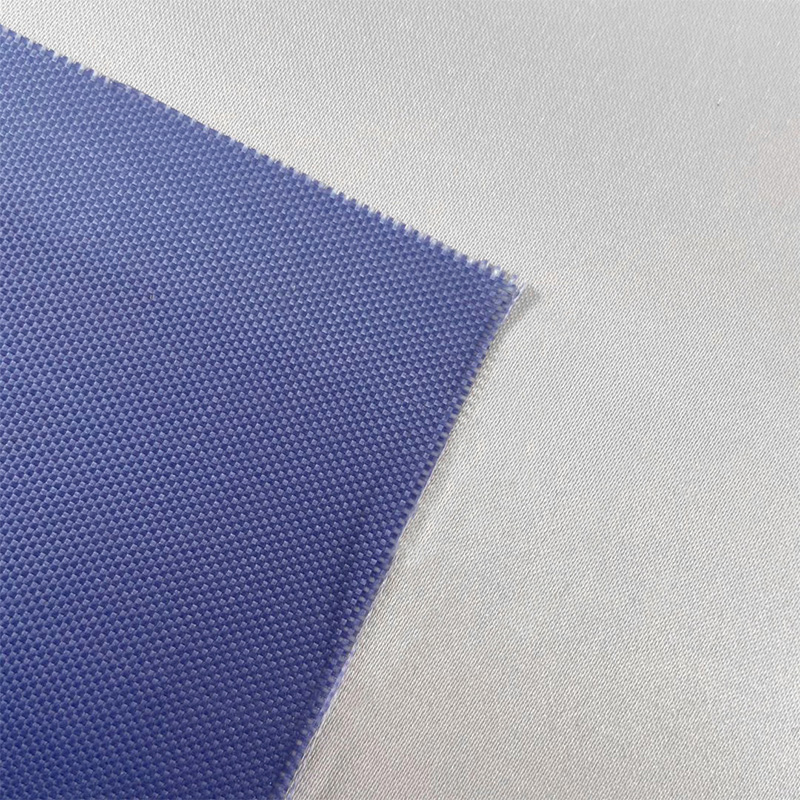Against the backdrop of the global energy landscape accelerating towards a clean and low-carbon transformation, hydrogen fuel cells have become a key development direction in the future energy field with their outstanding advantages such as high efficiency, environmental protection, and zero carbon emissions. In the complex system of hydrogen fuel cells, the gas diffusion layer (GDL), as one of the core components, plays a pivotal role in the performance of the battery. However, the safety of the carbon fiber mat, as a key component of GDL, has been questioned unreasonably in recent years.
1. Working Principle of Hydrogen Fuel Cells and the Importance of GDL
The working process of hydrogen fuel cells is essentially an electrochemical reaction process. In the battery, hydrogen is decomposed into hydrogen ions (protons) and electrons under the action of the anode catalyst. Electrons form current through the external circuit to provide electrical energy for the load, while hydrogen ions migrate to the cathode through the proton exchange membrane. At the cathode, oxygen reacts with hydrogen ions and electrons flowing back from the external circuit to generate water. This process achieves efficient conversion of chemical energy to electrical energy, and the only emission is water, which is truly green and environmentally friendly.
In this complex reaction system, GDL is located between the catalyst layer and bipolar plate of the anode and cathode, and undertakes many vital tasks. It provides a smooth transmission channel for the reaction gas (hydrogen and oxygen) to ensure that the gas can diffuse to the catalyst layer evenly and quickly, thereby maintaining an efficient electrochemical reaction rate. GDL needs to have good conductivity so that it can effectively collect and conduct the electrons generated by the chemical reaction on the electrode to ensure the stable transmission of the current inside the battery. Water will be generated during the reaction process. GDL also needs to have excellent moisture management capabilities to discharge excess water in time to prevent the occurrence of the "water flooding electrode" phenomenon, while keeping the electrolyte membrane moist to maintain the normal operation of the battery. GDL also has to play a certain mechanical support role to ensure the stability of the entire battery structure. At the same time, it has good thermal conductivity to effectively conduct the heat generated during the operation of the battery to avoid damage to the battery performance due to excessive temperature. It can be seen that the performance of GDL is directly related to whether the hydrogen fuel cell can operate safely, stably and efficiently.
II. Characteristics of carbon fiber mat and its relationship with safety
(I) Excellent chemical stability and corrosion resistance
Carbon Fiber Mat for Hydrogen Fuel Cell GDL is mainly composed of carbon that has been heat-treated at high temperature, with very few impurities, which gives it excellent chemical stability and corrosion resistance. During the operation of hydrogen fuel cells, various complex chemical substances and environments will be generated inside the battery, such as acidic substances, strong oxidants, etc. Ordinary materials are very susceptible to corrosion in such an environment, resulting in a decrease in material performance, and even causing safety hazards such as short circuits and leakage inside the battery. The carbon fiber mat, with its stable chemical properties, can calmly cope with these corrosive substances and harsh environments, and maintain the integrity of the structure and the stability of performance for a long time. For example, in a proton exchange membrane fuel cell, the hydrogen ions produced by the hydrogen on the anode side under the action of the catalyst will make the environment acidic, and some oxidizing intermediates may also be produced during the oxygen reduction reaction on the cathode side. In such an acidic and oxidizing environment, the carbon fiber mat can still maintain its chemical structure without being destroyed, and will not produce debris, particles and other impurities due to corrosion, thereby effectively avoiding these impurities from damaging other components inside the battery, greatly improving the safety and reliability of battery operation.
(II) Good conductivity ensures stable current transmission
The good connection between carbon fibers makes the carbon fiber mat have excellent conductivity. In hydrogen fuel cells, stable and efficient electron transmission is one of the key factors to ensure battery performance and safety. If electron transmission is blocked, it will cause local potential imbalance inside the battery, causing overheating, uneven reaction and other problems, and even battery failure in severe cases. The high conductivity of the carbon fiber mat can ensure that the electrons generated by the chemical reaction on the electrode are quickly and smoothly transmitted to the bipolar plate through the GDL, and then output to the external circuit, maintaining the stable transmission of current inside the battery. Taking the Toyota Mirai fuel cell vehicle as an example, the specially designed carbon fiber paper material (a form of application of carbon fiber mat) used in it can stably maintain good conductivity in a complex vehicle environment, which strongly supports the efficient operation of the fuel cell stack. Even when the current demand fluctuates greatly due to changes in vehicle acceleration and deceleration, the carbon fiber mat can still ensure the stable transmission of electrons, avoid safety risks caused by poor current transmission, and provide solid protection for the safe driving of the vehicle.
(III) High porosity ensures safe gas diffusion
The carbon fiber mat has a unique structure with high porosity, and its porosity can usually reach about 70% - 80%. This structure similar to a "breathable net" provides a spacious and unobstructed diffusion channel for the reaction gases (hydrogen and oxygen). When the hydrogen fuel cell is running, it is crucial to ensure that the reaction gases can safely and evenly diffuse to the catalyst layer for reaction. If the gas diffusion is blocked, it will lead to insufficient reaction and local overheating. It may also cause the accumulation of hydrogen or oxygen, increasing the risk of safety accidents such as explosions. The high porosity characteristics of the carbon fiber mat allow the gas to shuttle freely in it and reach the catalyst layer at a suitable flow rate and flow rate, ensuring the normal progress of the electrochemical reaction and effectively reducing the safety hazards caused by gas diffusion problems. In some large-scale stationary hydrogen fuel cell power stations, a large amount of hydrogen and oxygen need to be diffused quickly and safely in the GDL. The high porosity structure of the carbon fiber mat can well meet this demand and ensure the stable and safe operation of the power station.
(IV) Appropriate mechanical properties maintain the stability of the battery structure
The carbon fiber mat not only has a certain strength, but can also provide reliable mechanical support for other components inside the fuel cell to ensure that the entire battery structure can remain stable under various working conditions; at the same time, it also has good flexibility and compression performance. During the battery assembly process, a certain amount of pressure needs to be applied to each component to ensure close contact and good electrical connection between the components. The flexibility and compression performance of the carbon fiber mat enable it to effectively adapt to various minor deformations while bearing pressure, and will not break or be damaged due to excessive force. During the operation of the battery, due to factors such as temperature changes and gas pressure fluctuations, certain stresses will be generated inside the battery. With its excellent mechanical properties, the carbon fiber mat can withstand these stresses, maintain the integrity of the battery structure, and prevent safety problems such as gas leakage and short circuit caused by structural deformation. For example, in hydrogen fuel cells for automobiles, the bumps, vibrations and frequent temperature changes during vehicle driving will affect the battery structure. Carbon fiber mats can cope with these situations well and ensure the safe operation of batteries in complex use environments.
III. Safety verification in practical applications
(I) Fuel cell vehicle field
In the field of fuel cell vehicles, the safety of carbon fiber mats has been widely verified in practice. With the continuous development and promotion of hydrogen fuel cell vehicle technology, more and more automobile manufacturers are using carbon fiber mats as key materials for GDL. The specially designed carbon fiber paper material used can ensure the safe operation of fuel cells in complex and changeable vehicle environments, including frequent starting, acceleration, deceleration, vibrations under different road conditions, and temperature and humidity differences in different regions. There have been no major safety accidents caused by carbon fiber mat problems. Carbon fiber mats are widely used in fuel cell vehicles. These vehicles have shown good safety and reliability in actual road tests and daily use, further proving the safety of carbon fiber mats in the field of fuel cell vehicles.
(II) Stationary fuel cell power stations
In terms of stationary fuel cell power stations, the safety advantages of carbon fiber mats have also been fully reflected. Stationary fuel cell power stations usually need to operate for a long time, continuously and stably, and have extremely high requirements for safety and reliability. Taking the fuel cell power stations in some distributed energy projects as an example, they use GDL with carbon fiber mat as the core material, which can stably provide power supply to the surrounding areas during long-term operation. Even in the face of complex situations such as grid load fluctuations and extreme weather, the power station can still maintain safe and stable operation. This is due to the excellent performance of carbon fiber mats in ensuring gas diffusion, electron conduction, moisture management and maintaining battery structure stability, which effectively avoids safety accidents caused by battery failure, ensures the reliable operation of power stations, and provides strong support for the safe and stable energy supply.
IV. Technological innovation and development trends for safety improvement
(I) Material research and development level
With the continuous advancement of science and technology, scientists are actively exploring the preparation process of new carbon fibers in the research and development of carbon fiber mat materials. The performance of carbon fibers is continuously improved by optimizing precursor materials and improving production processes. The development of carbon fibers with higher strength and modulus will make the carbon fiber mats take mechanical properties to a higher level, better cope with various stresses that may occur during battery operation, and further improve the stability and safety of battery structures. At the same time, nanotechnology is introduced to combine nanomaterials such as carbon nanotubes and graphene with traditional carbon fibers to prepare composite carbon fiber mats, which have both the high conductivity and excellent mechanical properties of nanomaterials. This composite carbon fiber mat can not only improve battery performance, but also further enhance its safety in complex environments, laying a more solid foundation for the widespread application of hydrogen fuel cells.
(II) Preparation process level
In the preparation process, new molding technologies and processing methods continue to emerge, making the production of carbon fiber mats more precise and efficient, while also helping to improve their safety. Through more advanced wet molding processes, the distribution and arrangement of carbon fibers can be better controlled, thereby optimizing the pore structure of the carbon fiber mat, further improving its air permeability and conductivity, and ensuring the safe diffusion of the reaction gas and the stable transmission of electrons. Some new surface treatment technologies, such as chemical vapor deposition technology, can form a uniform and dense coating on the surface of the carbon fiber mat, which can not only improve the corrosion resistance of the carbon fiber mat, but also improve the interface performance between it and other components, enhance the overall stability of the battery structure, and effectively reduce safety risks.

 English
English 中文简体
中文简体 русский
русский Español
Español
